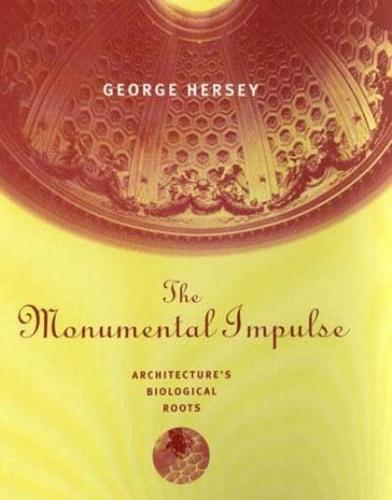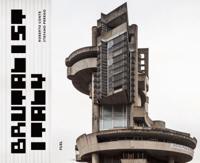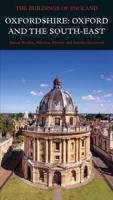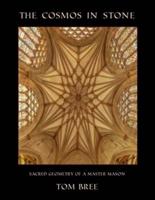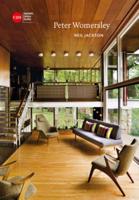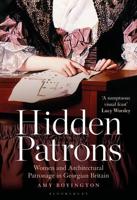Publisher's Synopsis
A highly original view of the relationship between architecture and the biological sciences.
We humans owe an immense architectural debt to many other species. Indeed, the first hexagons humans saw may have been in honeycombs, the first skyscrapers termitaries (termite high-rises), and the first tents those of African weaver ants. In The Monumental Impulse, art historian George Hersey investigates many ties between the biological sciences and the building arts. Natural building materials such as wood and limestone, for example, originate in biological processes. Much architectural ornament borrows from botany and zoology. Hersey draws striking analogies between building types and animal species. He examines the relationship between physical structures and living organisms, from bridges to mosques, from molecules to mammals. Insects, mollusks, and birds are given separate chapters, and three final chapters focus on architectural form and biological reproduction. Hersey also discusses architecture in connection with the body's interior processes and shows how buildings may be said to reproduce, adapt, and evolve, like other inanimate or "nonbiotic" entities such as computer programs and robots. The book is both learned and entertaining, and is abundantly illustrated with fascinating visual comparisons.


